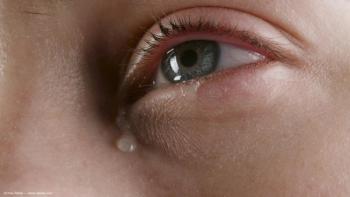
Aviceda announces completion of key IND toxicity milestone with positive safety profile in non-human primates
The results represent a major step towards first in-human clinical studies for this program - the first potential therapy for patients with geographic atrophy secondary to AMD that addresses the underlying causes of the disease.
Aviceda Therapeutics this week announced the completion of IND-enabling Good Laboratory Practice (GLP) toxicity studies in two species (total of 80 animals) as agreed upon in discussions with the FDA.
According to a news release, Aviceda noted that it has shown positive safety data for multiple well-tolerated doses of its lead drug candidate (known as AVD-104, a novel glycan-coated nanoparticle) from dose-range finding studies in non-human primates (NHPs) and rabbits (80 total animals), to support continued non-clinical development and the initiation of human clinical studies.
The company noted in the news release that the results represent a step towards the first in-human clinical studies for this program - the first potential therapy for patients with geographic atrophy secondary to AMD that addresses the underlying causes of the disease.
Moreover, the company claims the results validate its technology platform that is utilized throughout Aviceda’s pipeline.
According to Tarek Hassan, MD, Aviceda’s chief development officer, the positive safety results in primates are good news as the company continues the systematic evaluation of its proprietary nanoparticle technology platform to treat very significant blinding eye diseases.
“Drug development requires a meticulous approach to evaluating and demonstrating solid safety and efficacy data, and we are very encouraged to see our work take this important step toward bringing potential vision-saving therapies to patients in our upcoming first in human clinical evaluations,” Hassan said in a statement.
Newsletter
Don’t miss out—get Ophthalmology Times updates on the latest clinical advancements and expert interviews, straight to your inbox.













































